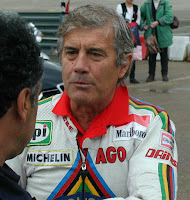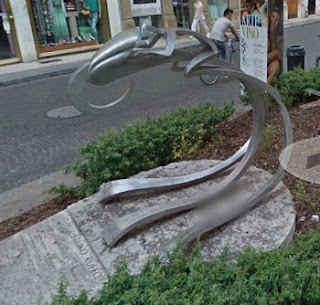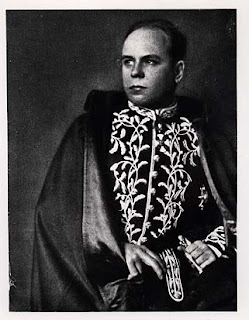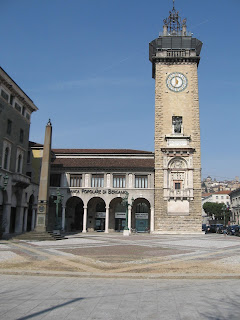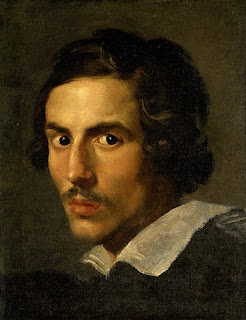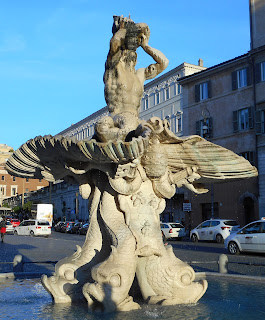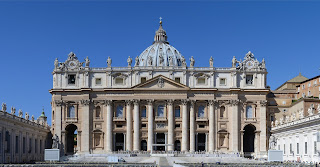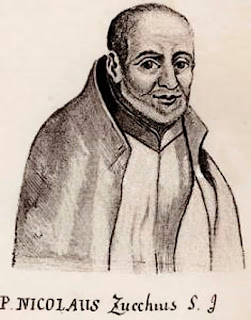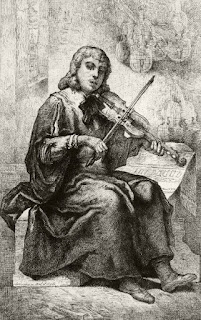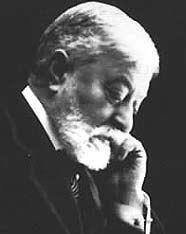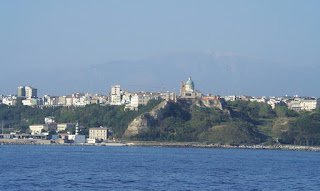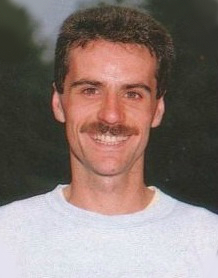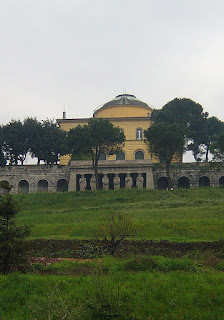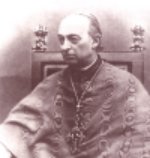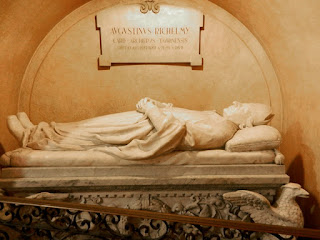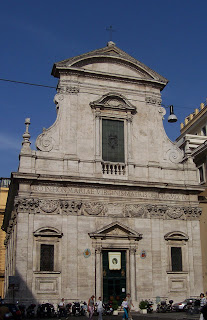Sardinian actor seen as the Errol Flynn of Italian cinema
 |
| Amedeo Nazzari in a scene from the 1950s film by Federico Fellini, Nights of Cabiria |
Likened in his prime to the Australian-American star Errol Flynn, with whom he had physical similarities and the same screen presence, Nazzari enjoyed a career spanning five decades.
One of his first major successes, in the title role of the 1938 drama Luciano Serra, Pilot, in which he played a First World War veteran, established him as Italy's leading male star in 1930s and he maintained his popularity in the 40s and 50s.
He is remembered also for his appearance in Federico Fellini's Nights of Cabiria, which won the 1957 Academy Award for Best Foreign Language film.
Towards the end of his career, he featured in Henri Verneuil's 1969 Mafia caper The Sicilian Clan, for which the score was composed by Ennio Morricone. His last big screen appearance came in 1976 in A Matter of Time, an Italian-American musical fantasy directed by Vincente Minnelli and starring his daughter, Liza Minnelli.
Nazzari was born Amedeo Carlo Leone Buffa, the son of a pasta manufacturer, Salvatore Buffa, and Argenide Nazzari, who was the daughter of the President of the Court of Appeal in Cagliari, Amedeo Nazzari, whose name he decided to take as his stage name.
 |
| The poster advertising Nazzari's first big success, Luciano Serra, Pilot |
After the death of Rudolph Valentino, the movie sex symbol of the 1920s, he entered a competition organised by Twentieth Century Fox to find an Italian who could step into his shoes. He was rejected on the grounds that he was too tall and too thin and that he had a gloomy expression. There was no putting him off, however, and he continued to pursue his dream.
His first big break came in 1936, when the emerging actress Anna Magnani saw him on stage in the theatre and, impressed with his energy, recommended him to her husband, the director Goffredo Alessandrini for a lead role in his next film, Cavalry. The film debuted at the Venice Film Festival and subsequently played to full houses all over Italy.
A man of strong principals, he turned down Benito Mussolini's invitation to join the Fascist party after the success of Luciano Serra, Pilot. Nazzari had become a matinee idol and Mussolini wanted to promote him as a symbol of Italian masculinity but Nazzari allegedly told him: 'Thank you, Duce, but I would prefer not to concern myself with politics, occupied as I am with more pressing artistic commitments.'
Given that Mussolini, the driving force behind the Cinecittà complex in Rome that was in time to be known as 'Hollywood on the Tiber', was keen to ally himself with the stars of the movie industry, Nazzari risked his stand being interpreted as a snub but in the event it had no detrimental effect on his career, perhaps because he willingly participated in some wartime productions that were blatantly propagandist, in particular the 1942 film Bengasi, an anti-British war film set in Libya.
A year earlier, in 1941, the Venice Film Festival had awarded Nazzari the title of Best Actor for the film Caravaggio, il pittore maledetto - Caravaggio, the cursed painter - also directed by Alessandrini. Earlier in 1942, he had starred in La cena delle beffe - the dinner of mockery - a costume drama that takes place in the Florence of the Medici, directed by Alessandro Blasetti.
Later, Nazzari would turn down the chance to play opposite Marilyn Monroe in Let's Make Love, his proposed role going to Yves Montand after Nazzari expressed doubt over his ability to play convincingly in an English-speaking part and confessed that he feared his attempts to sing and dance would attract ridicule.
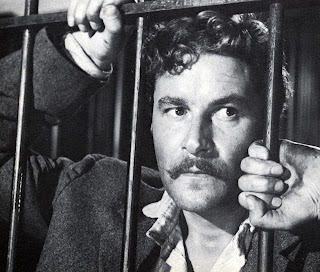 |
| Amedeo Nazzari in the 1950 film Il brigante Musolino |
Married in 1957 to Irene Genna, an Italian-Greek actress, he had a daughter, Maria Evelina, who followed him into acting and established a successful career in theatre and television.
In his later years he developed kidney problem and died in Rome in November 1979, aged 71, a few months before his daughter gave birth to his first grandchild, Leonardo.
He is buried at the monumental cemetery of Verano in Rome under the name of Amedeo Nazzari Buffa.
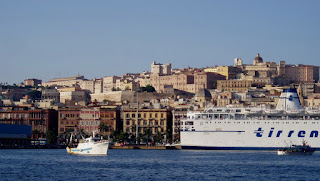 |
| Cagliari as seen by travellers arriving by sea |
Cagliari, the capital of Sardinia, is an industrial centre and one of the largest ports in the Mediterranean but is also a city of considerable beauty and history. When D.H. Lawrence arrived in the 1920s, witnessing the confusion of domes, palaces and ornamental facades that seemed to be piled on top of one another as he approached from the sea, he likened the city to Jerusalem, describing it as 'strange and rather wonderful, not a bit like Italy.’
Travel tip:
Rome's Cinecittà studios were founded in 1937 by Mussolini, his son Vittorio and the Fascist government's head of cinema, Luigi Freddi, under the slogan 'Cinema is the Most Powerful Weapon'. The Fascist leader had propaganda in mind but he was also keen to revive the Italian film industry, which was in crisis at the time. Later, Cinecittà would become closely associated with the director Federico Fellini, who filmed La Dolce Vita, Satirycon and Casanova there, among other productions. It is also used for shooting television shows and houses the set for Grande Fratello, the Italian version of Big Brother.
More reading:
Anna Magnani - Oscar-winning actress famous for Rossellini's Rome, Open City
Four-times Oscar winner Federico Fellini left huge legacy of influence
Rudolph Valentino - heartthrob actor who died tragically young
Also on this day:
Home

